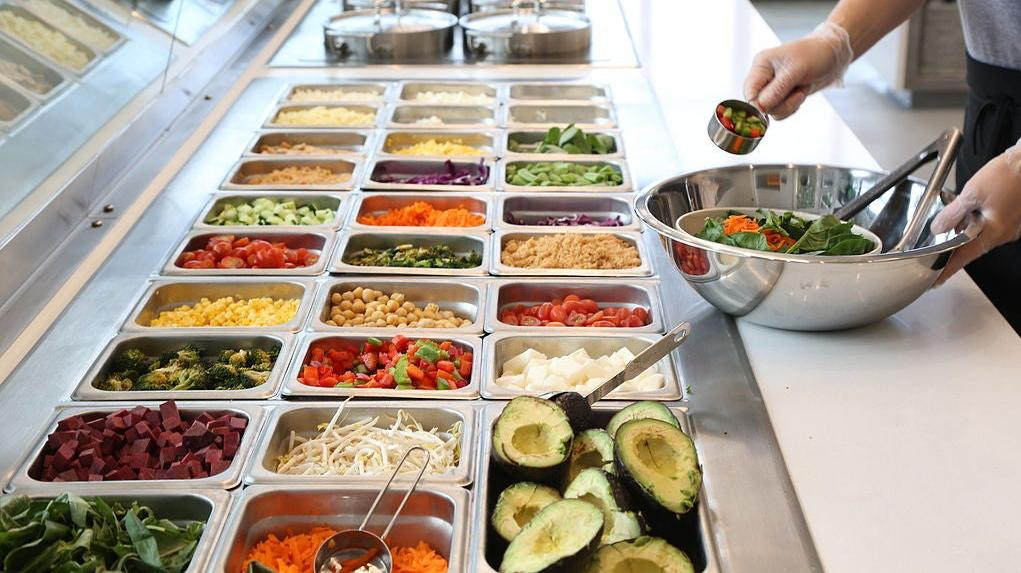Sweetgreen Isn't Built For Post-Pandemic Culture
The salad chain is falling short of projections. What sort of future does it face?
Sweetgreen is looking for any way to save green and stay in the black. The fast casual restaurant chain announced in an earnings report this week that revenue hasn't kept pace with projections, and as a result, the company will be laying off 5% of support center employees, among other cost-cutting measures like downsizing office space. The news sent stock prices tumbling like blue cheese in a buffalo chicken bowl. What happened to Sweetgreen, a restaurant that was recently synonymous with the go-getter millennial's quest for self-optimization?
Is Sweetgreen in trouble?
It's easy to say that this unfortunate turn of events is a result of the pandemic; most of the world's bad business forecasts are. Interestingly, though, it's also the pandemic recovery that has knocked Sweetgreen's 2022 sales projections off-kilter.
As CNBC explains, "executives attributed the slowdown to a number of factors, including 'unprecedented levels of summer travel,' a slow return to the office, and another wave of new Covid-19 cases." Since Sweetgreen has done so much to establish itself as the quintessential corporate office lunch, its ongoing success depends upon companies returning fully to those corporate offices. (Indeed, until recently, there wasn't a Sweetgreen within several miles of my home; I'm only ever situated near a Sweetgreen while I'm working.)
I can't think of too many people who would choose to order a Harvest Bowl on vacation, either. With Americans booking summer trips at levels set to surpass even the pre-pandemic 2019 travel year, Sweetgreen's weekday business is getting a chunk taken out of it by PTO. Here's how this all translates into sales numbers, per CNBC:
For the year, Sweetgreen now expects annual revenue of $480 million to $500 million, down from its prior forecast of $515 million to $535 million. The chain also revised its outlook for same-store sales, predicting growth of 13% to 19%, down from the previous projection of 20% to 26%.
That's a discrepancy of around 3 million Kale Caesars.
"Looking back, we've just been wrong on so many of these calls," Sweetgreen CFO Mitch Reback said on the company's conference call.
Despite its dip in popularity this year, Sweetgreen is still making some interesting moves to secure its future. Last year it acquired Spyce, a company focused on robot-powered restaurant tech, and it's setting its sights on the suburbs with a new drive-thru concept. Can it reestablish its reputation as the ideal lunch for highly effective people, or is it built for a world that has grown weary of optimization?
As Jia Tolentino once wrote, "I go to Sweetgreen on days when I need to eat vegetables very quickly because I've been working till 1am all week and don't have time to make dinner because I have to work till 1am again...I 'grab' my salad and eat it in under 10 minutes while looking at email." Maybe Sweetgreen will only ever be the go-to lunch option of the career-minded office worker, one that many previously loyal customers no longer aspire to be.
